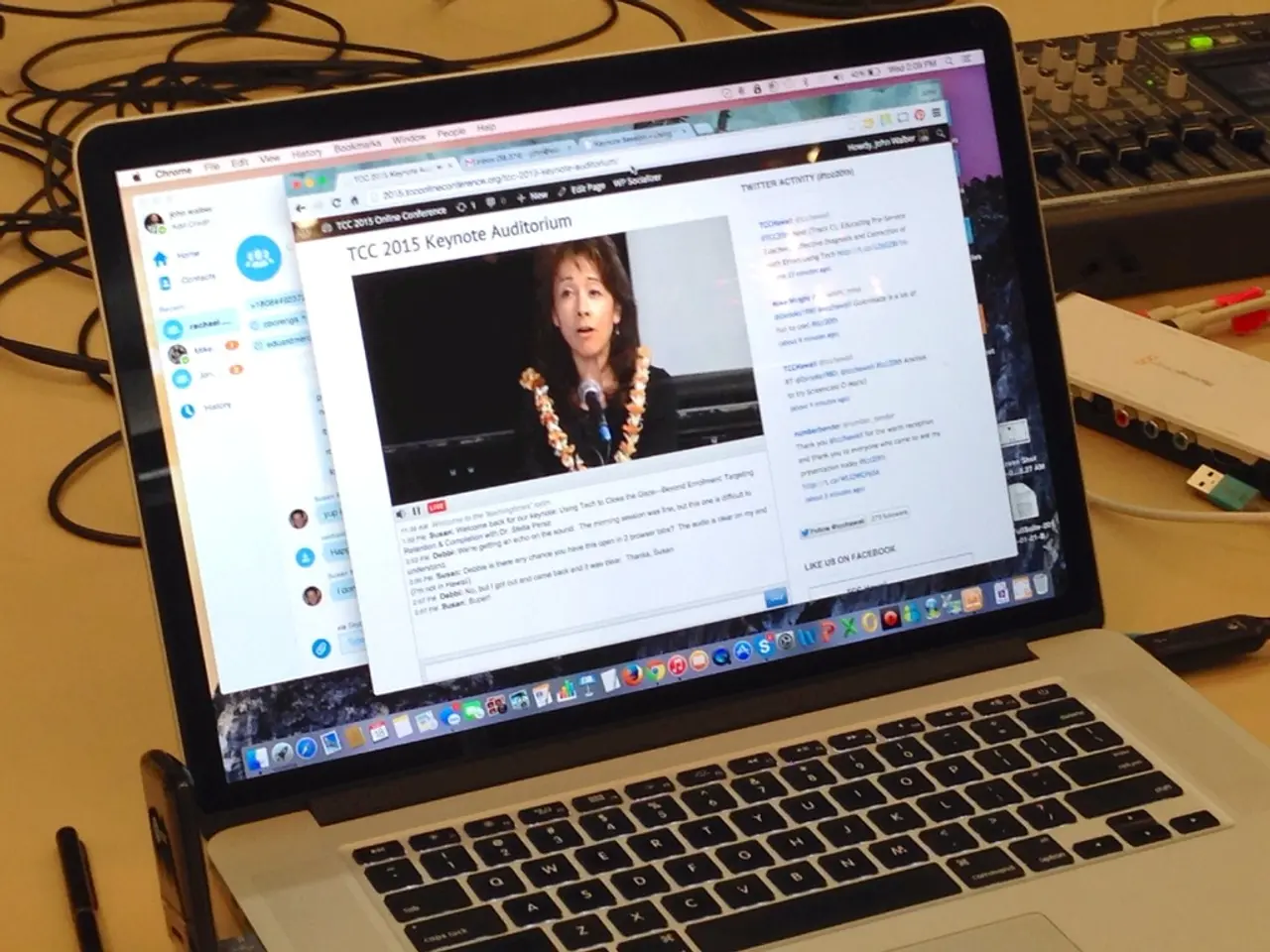Organizing a Systematic Approach to Reduce Burdens
In a bid to combat feelings of overwhelm and endless to-do lists, an individual embarked on a journey of structured planning. Weekly accountability check-ins with friends to share goals and progress were initiated, and a weekly review of successes, failures, and adaptations was implemented.
Recognizing the importance of surrounding oneself with supportive individuals, the individual set a SMART goal to run three times a week for 30 minutes each session over the next two months. This modification alleviated pressure, provided time for recharging, and transformed the planning process from rigid to fluid and dynamic.
The discovery of the concept of SMART goals - Specific, Measurable, Achievable, Relevant, and Time-bound - was pivotal. Flexibility was learned as a delicate art, and perfectionism was let go of in favor of adaptability.
To implement a time blocking strategy for effective structured planning and productivity, follow these essential steps:
- List and Prioritize Tasks: Write down all tasks you need to accomplish, prioritizing them by importance and required focus level.
- Estimate Duration: For each task, realistically estimate how much time it will take to complete.
- Create Time Blocks: Divide your day into fixed time blocks (e.g., 30 minutes or 1 hour each) and assign these blocks to specific tasks based on your priority list.
- Include Buffers and Breaks: Add buffer times between blocks to accommodate unexpected delays or overruns and schedule breaks to rest and reset focus.
- Group Similar Tasks (Batching): Where possible, batch similar activities (like emails or meetings) into a single block to minimize context switching and maintain flow.
- Use a Visual Schedule: Use a calendar or planner to clearly map out these blocks, turning your daily plan into an actionable timeline.
- Protect Your Schedule: Treat your time blocks as commitments to prevent distractions and interruptions, improving focus and productivity.
- Adjust and Reflect: Regularly review how well your time estimates and blocks are working, then adjust your schedule accordingly to enhance effectiveness.
For instance, you might block morning hours for writing or strategic planning, set mid-day for meetings or collaboration, and reserve afternoons for administrative tasks and emails.
This method reduces decision fatigue, increases sustained focus, and helps align tasks with natural energy rhythms, making your workday more productive and structured. Including breaks and avoiding overloading any one block ensures sustainability and reduces burnout risk.
Overall, time blocking transforms your to-do list into a realistic, time-managed plan that supports both productivity and well-being. Finding clarity amid chaos was essential, and structured planning became the lifeline. The realization that not every plan is the most effective was made, but the journey towards a more organized and productive life continued.
- Pursuing personal growth and productivity, the individual incorporate photography into their life as a hobby, capturing the beauty of their surroundings and transforming their weekly events.
- As a means of self-development, the individual enrolls in a fashion photography course to learn the craft and broaden their skills, igniting a new passion for both education and self-improvement.
- Realizing the power of media, the individual uses social platforms to showcase their progress, sharing their journey of structured planning and building a supportive community focused on productivity and goal-setting.
- Embracing adaptability and flexibility, the individual documentation of their journey will serve as a reference for others seeking practical advice on structured planning and overcoming overwhelming feelings of an endless to-do list.




